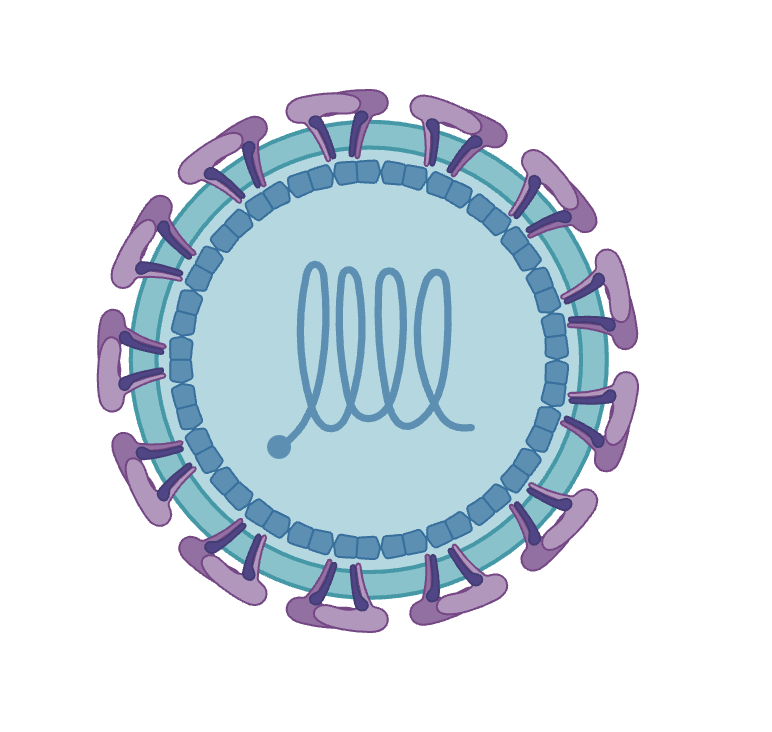The conduct of protease testing requires a series of rigorous steps to ensure the accuracy and reliability of the results. Here is a general process for your reference:
1、 Experimental preparation
Sample preparation:
Prepare a protein sample for testing, which can be purified protein, cell lysate, or tissue extract.
When preparing samples, attention should be paid to avoiding protein degradation and oxidation. Protease * * can be added to protect the integrity of the sample.
Preparation of reagents and instruments:
Prepare corresponding reagents and instruments based on the selected detection method (such as fluorescence resonance energy transfer, immunoassay, mass spectrometry, enzyme-linked immunosorbent assay, etc.).
Ensure that all reagents and instruments are within their expiration dates and configured and used correctly according to the instructions.
2、 Substrate selection
Select suitable substrates based on the type and characteristics of the protease to be tested. The substrate is usually a specific peptide chain or protein whose structure and sequence can be specifically recognized and degraded by proteases.
Common substrates include fluorescently labeled peptide chains, pigment labeled proteins, etc.
3、 Optimization of reaction conditions
Determine the most suitable conditions for protease reaction, including factors such as temperature, pH value, and reaction time.
Different proteases have different requirements for reaction conditions and need to be optimized according to actual situations. Protease activity under different conditions can be tested through pre experiments to determine the optimal reaction conditions.
4、 Reaction monitoring
Monitor protease activity by measuring the amount of reaction products generated or the degree of substrate degradation.
Fluorescence, absorbance, or mass spectrometry techniques can be selected for monitoring. For example, fluorescence resonance energy transfer method uses changes in fluorescence signal to detect protease activity; The Lowry rule calculates enzyme activity by measuring the absorbance change of the reaction mixture at a specific wavelength.
5、 Data analysis
Perform data analysis and statistical processing based on experimental results.
It is possible to calculate the activity value, concentration value, or other relevant parameters of protease for studying and comparing the differences between different samples.
6、 Precautions
Sample processing: During sample preparation and processing, protein degradation and contamination should be strictly avoided.
Reaction condition control: Ensure consistency and reproducibility of reaction conditions to reduce experimental errors.
Selection of detection method: Choose the appropriate detection method based on the experimental purpose and sample characteristics to ensure the accuracy and reliability of the results.
Instrument operation: Strictly follow the instrument manual to ensure that the instrument is in good condition and regularly calibrated and maintained.
In summary, the conduct of protease assays requires rigorous experimental design and operational procedures to ensure the accuracy and reliability of the results. At the same time, attention should be paid to the details and precautions during the experimental process to avoid the influence of experimental errors and interference factors.
Share on:
Facebook
Twitter
Pinterest
WhatsApp
Recent posts
We recommend


